-
Car Reviews
- All reviews
- Midsize SUVs
- Small cars
- Utes
- Small SUVs
- Large SUVs
- Large cars
- Sports SUVs
- Sports cars
- Vans
Latest reviews
- Car News
-
Car Comparisons
Latest comparisons
- Chasing Deals
Latest 3008 delivers French design flair in spades but there isn’t a bucketload of performance – or efficiency – for this pricey flagship hybrid SUV
Medium SUV and hybrid vehicle sales are both going gangbusters in Australia, which makes ideal timing for Peugeot’s third-generation 3008.
Putting aside that a van is Peugeot’s most popular model in Australia – a showroom quirk shared with fellow French brand Renault – the 3008 is its most crucial car as it strives to win over local buyers.
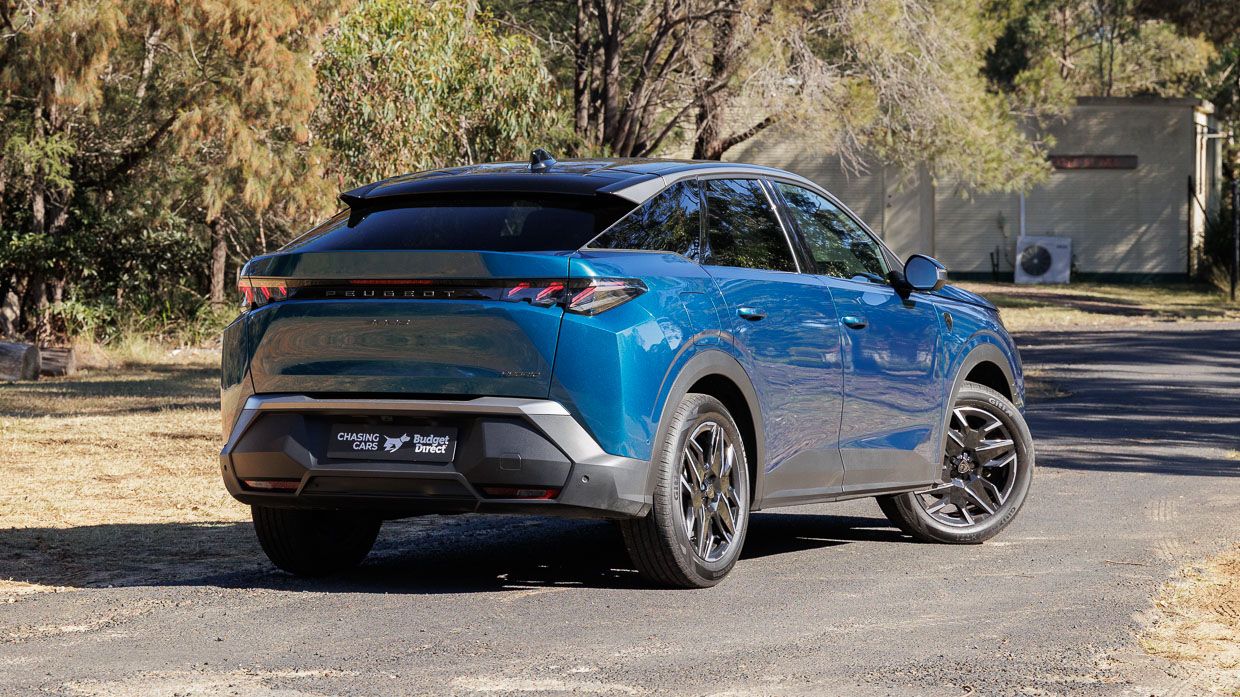
After offering a mix of powertrains since the MPV-like original debuted in 2010, the 3008 is, for now, hybrid only.
It’s not a plug-in as offered with the previous model; this one is a mild-hybrid system.
A fully electric E-3008 was previously planned for Australia but is now less certain as European brands assess their chances against a plethora of Chinese competitors, not to mention a certain Tesla.
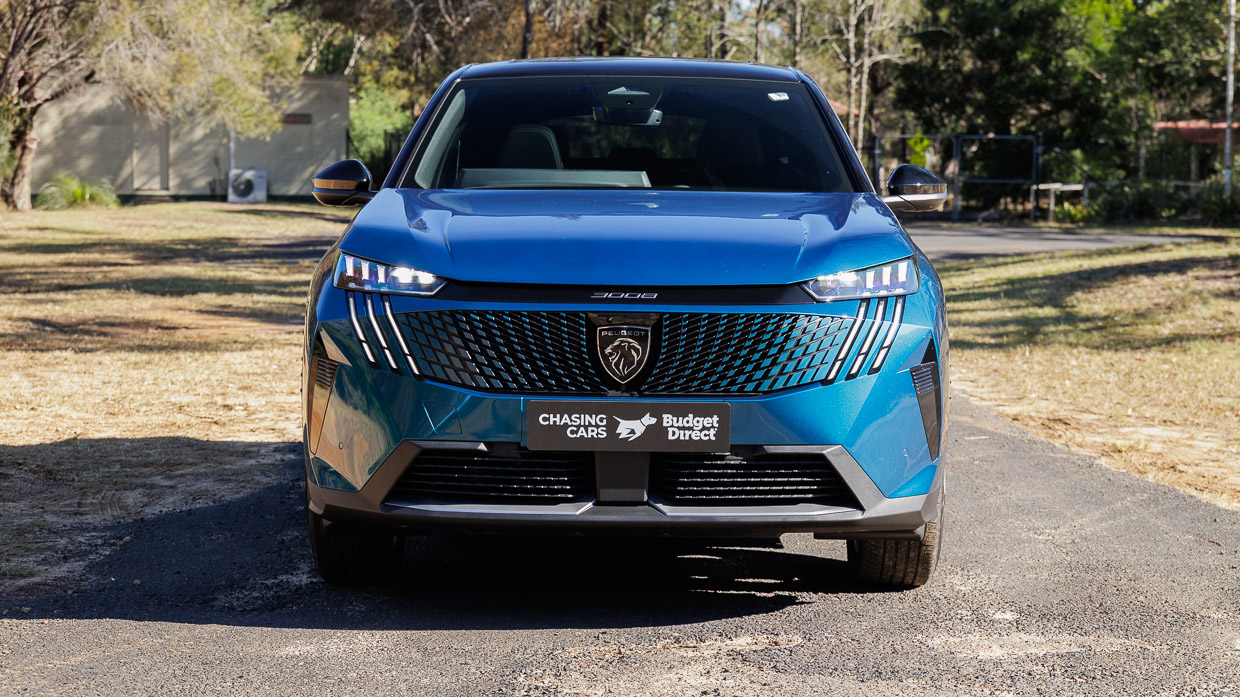
The 3008 is another sharp-looking Peugeot, it sits on a brand new platform, and has stepped up in size to now be a proper midsized SUV. But can the package convince buyers to look away from highly popular petrol-electric midsize SUVs such as the Toyota RAV4, Hyundai Tucson, and Kia Sportage?
We find out in the top-of-the-range GT Premium.
Peugeot Australia continues a pricing strategy that pitches the 3008 much higher than your average midsized SUV – from $52,990 before on-road costs for the entry Allure, or from $64,990 RRP for our test car, the GT Premium.
A mid-range GT is due later this year, though Peugeot Australia seems to be getting cold feet about bringing in the fully electric E-3008 previously confirmed for this market.
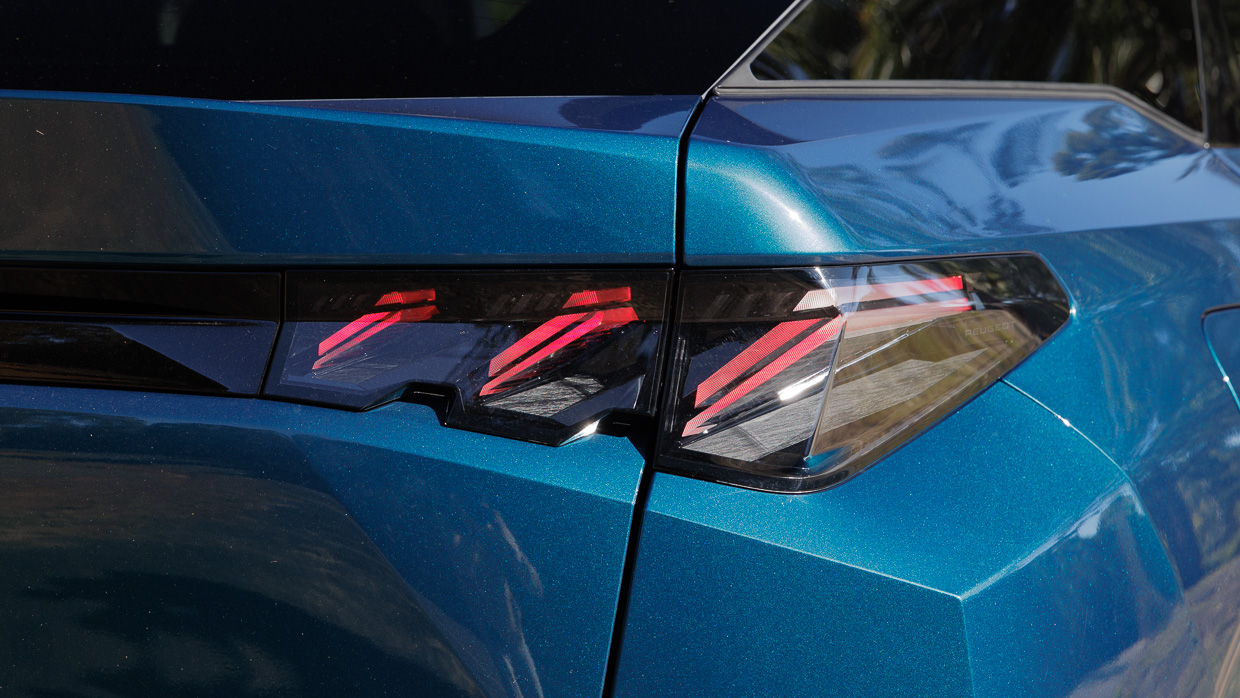
Special driveaway deals of $55,990 and $65,990, respectively, are running until 30th September 2025. Beyond that, buyers are facing more than $70K driveaway for the GT Premium being reviewed here.
That’s a big price tag for a vehicle that is not much longer than 4.5 metres (4542mm), making it one of the smallest models in the medium-SUV segment.
While the Allure’s spec looks unremarkable, the GT Premium fulfills its ‘flagship’ brief with a comprehensive list of standard equipment.
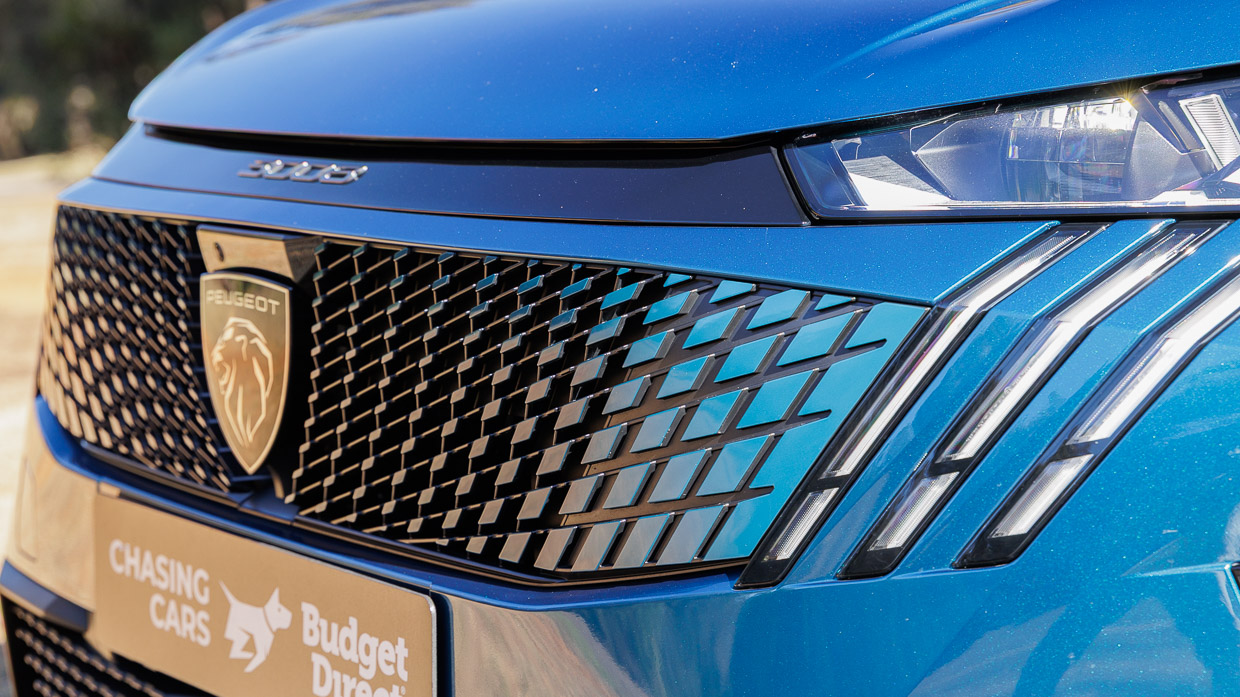
For families wanting more than the five standard seats in the 3008, the closely related 5008 – also freshly launched – offers an extra pair of pews in a third row in a longer body. The cost of upsizing? Only $3000 whether opting for the same Allure or GT Premium grades.
There are multiple direct (high-grade) competitors with lower prices:
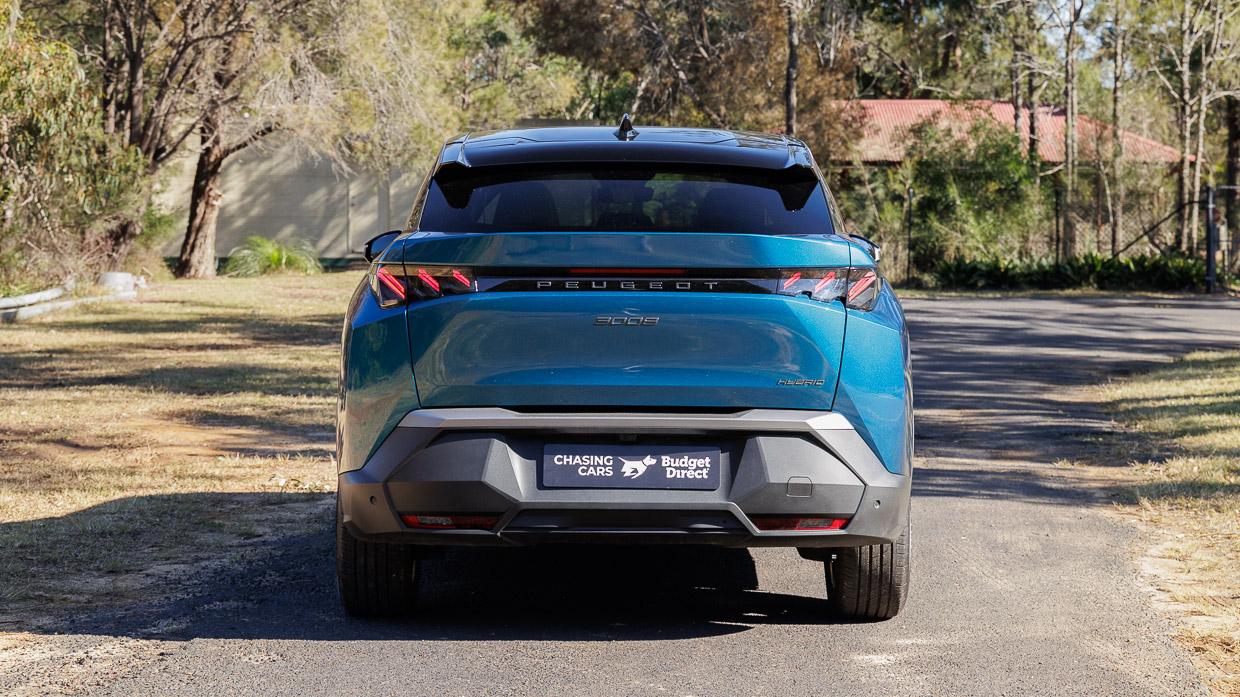
Or for similar money there’s alternative options such as the following:
Peugeot positions itself at the higher end of the mainstream spectrum, and to its credit the 3008’s cabin looks genuinely upmarket.
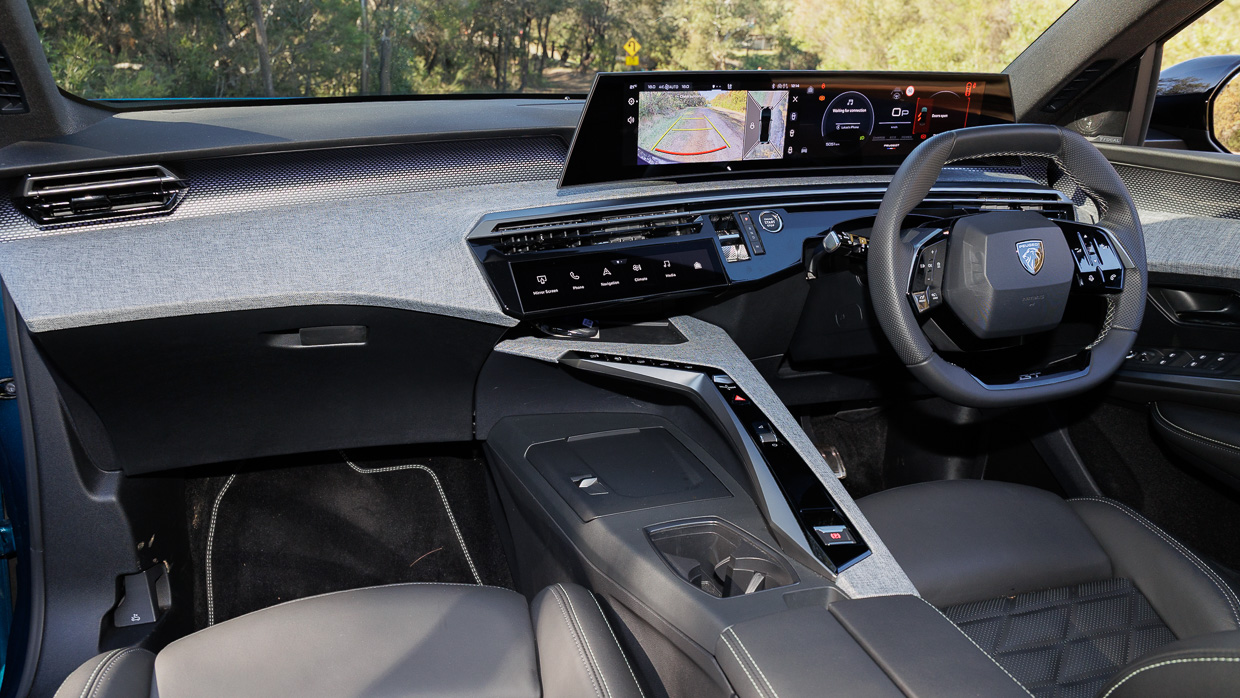
Feels it, too, with plenty of touchy-feely squidgy plastics, and classy contemporary touches such as the LED lighting projected onto the ‘printed aluminium’ dash and door inserts and the light-grey fabric covering various areas including the centre console.
The cabin’s piece de resistance, though, is the curved, 21-inch display housing seamlessly joined infotainment and driver-cluster screens.
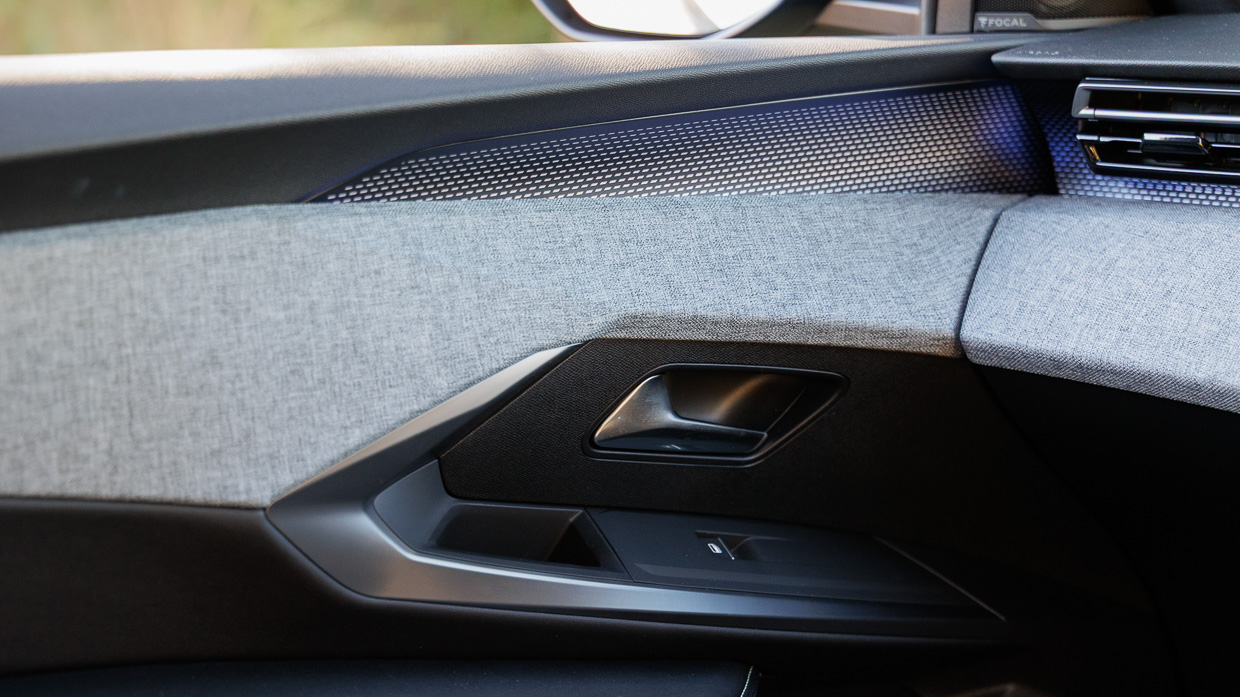
It’s the primary part of Peugeot’s latest-generation i-Cockpit set-up that is now more of an ergonomic dream than nightmare as with previous iterations.
A weirdly small steering wheel is retained, yet crucially it no longer blocks the digital driver display for most drivers thanks to the higher-placed driver-info screen (which also means a head-up display isn’t needed).
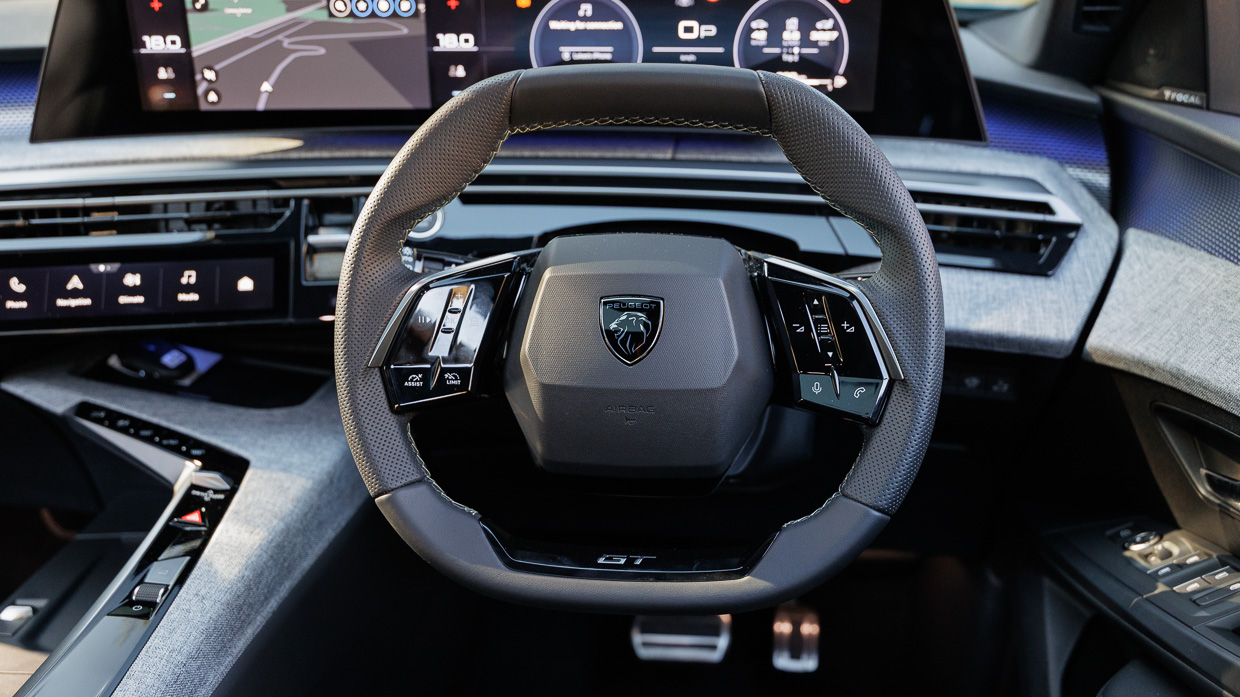
Drivers can also choose their preferred cluster layout using buttons on the end of the main steering wheel stalks.
The central touchscreen looks suitably modern and has decent response speed, though some of the icons – notably the seat heaters – are quite fiddly.
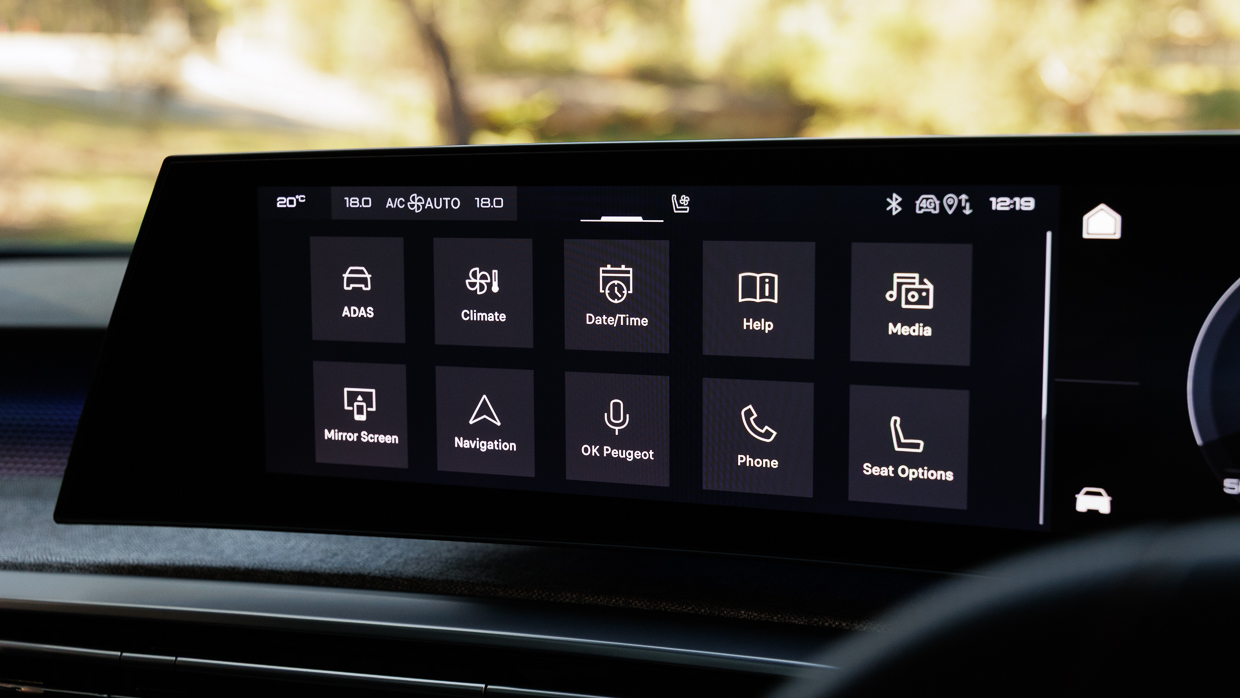
Peugeot’s i-Cockpit adds another great ergonomic touch with its i-Toggles – a row of digital shortcut buttons for the infotainment system. They’re generously sized for the myopically challenged, too!
Below that, on the L-shaped centre console, is another row of buttons, this time physical, for windscreen/rear screen heating, recirc, and to turn the climate system off entirely.
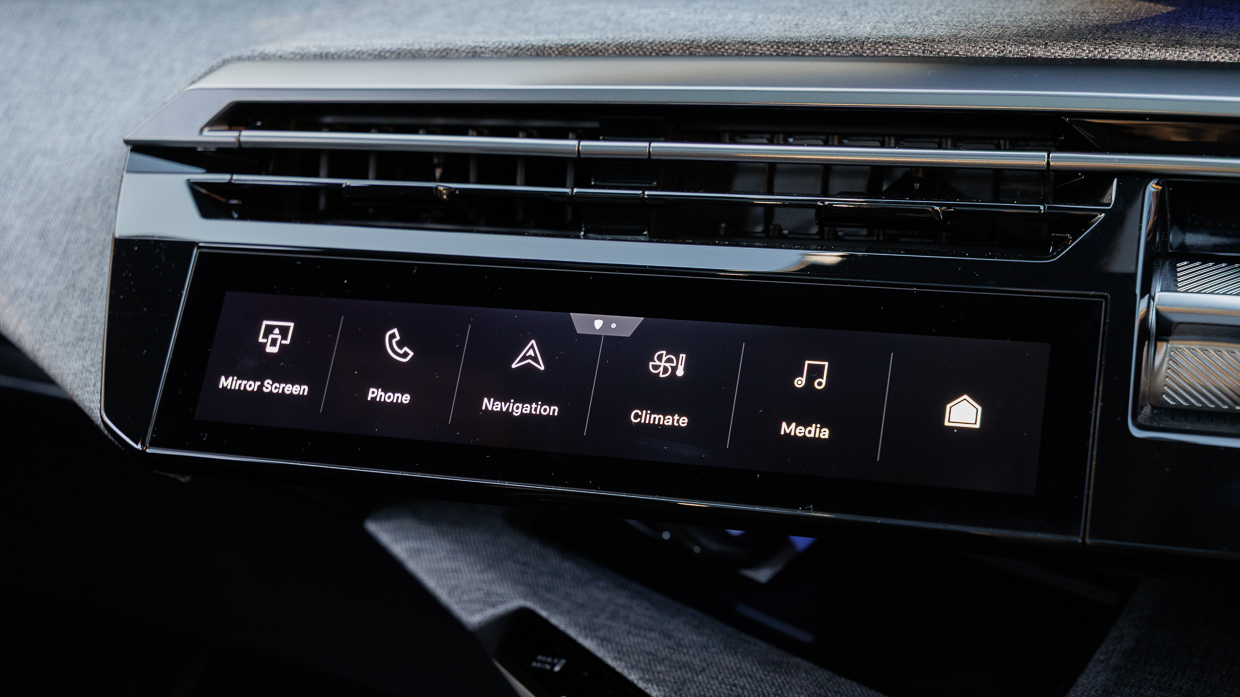
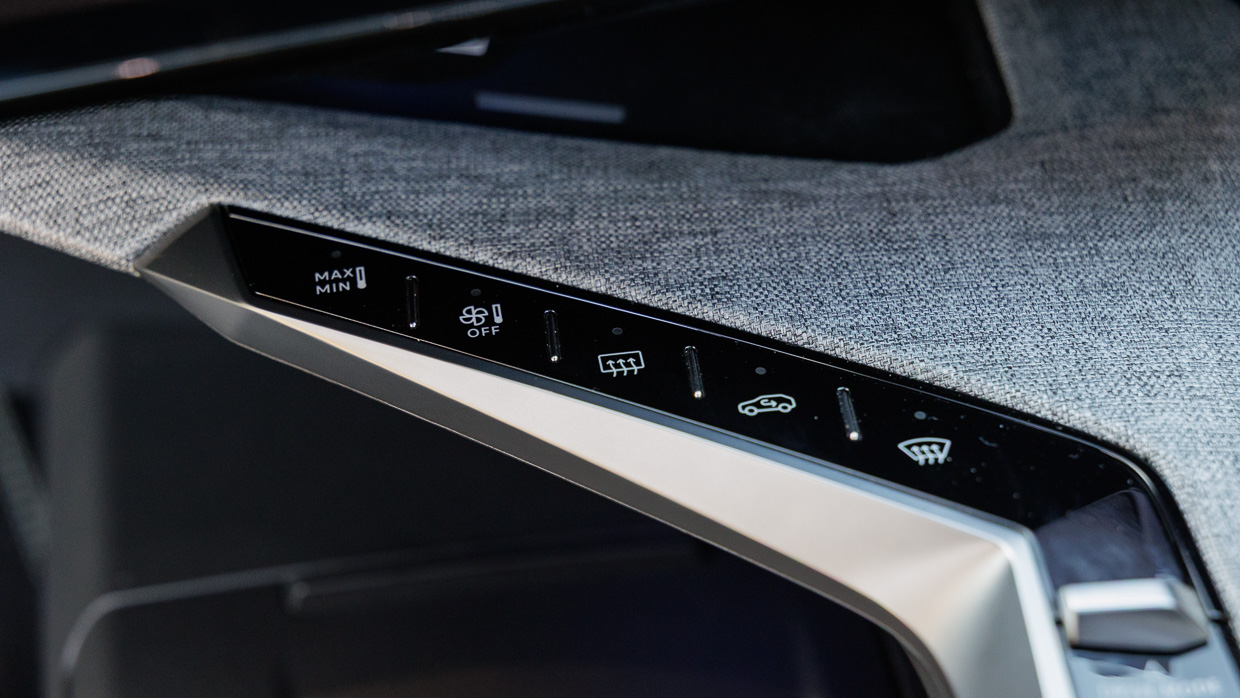
Further around the gloss-black curve, they’re joined by a drive mode toggle and volume scroller.
Storage options include large door pockets, a console cubby, and on the left side of the asymmetrical centre console is another cubby with sideways-opening lid. The top of the lid suggests it’s a place for the passenger’s phone but it will slide around when driving.
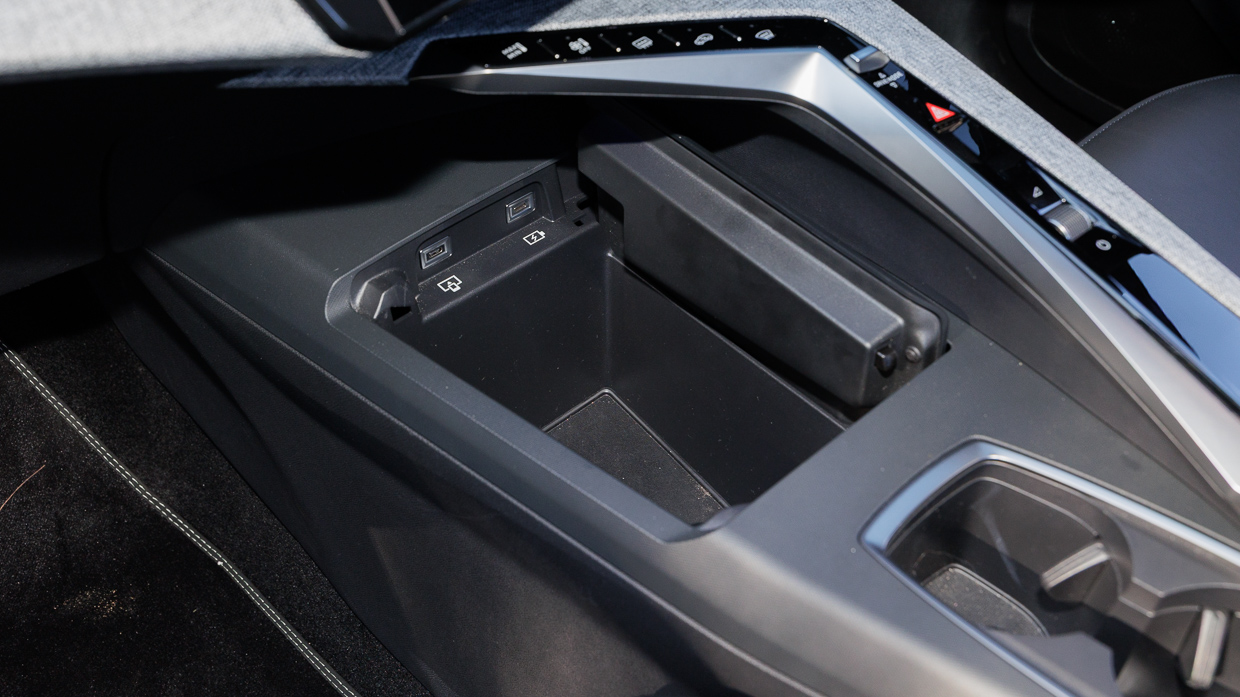
There’s a single charging tray beneath the middle of the dash.
Peugeot doesn’t quite maintain the upmarket feel in the rear cabin, with cheaper plastics applied to the rear doors.
There’s good legroom for adults back there, though, and six-footers can be accommodated beneath the roofline even with the panoramic sunroof.
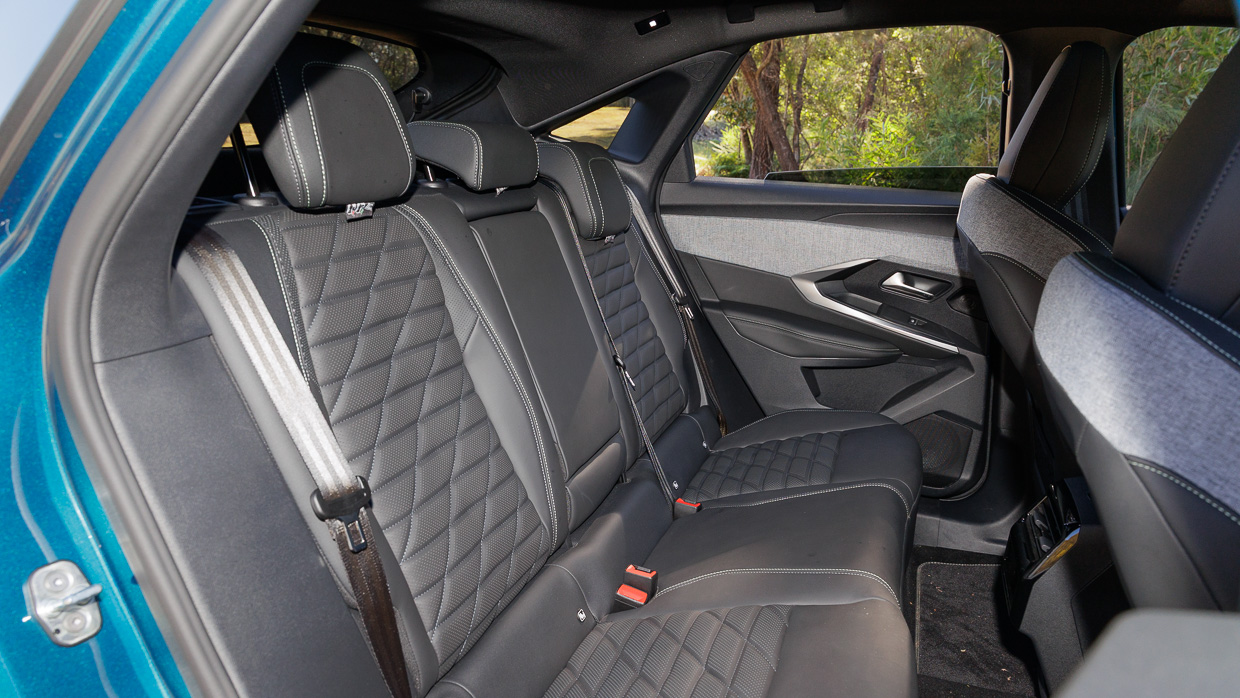
Adults will be keen to avoid the centre-middle seat, which is compromised for leg room by the rear of the centre console. On colder days, the GT Premium’s outer rear seats will also be popular for their heating function.
The rear-cabin set-up incorporates vents, seatback storage, and both 12V and USB-C sockets.
There’s also a centre armrest, though the cupholders offer surprisingly poor grip for regular-size coffee cups.
The GT Premium comes with an auto tailgate where the Allure misses out despite its mid to high $50K price tag.
A quoted 520-litre capacity is a good size for the medium-SUV class, while a dual-level floor allows for some flexibility – a deeper boot or a flat cargo area when the rear seatbacks are folded down.
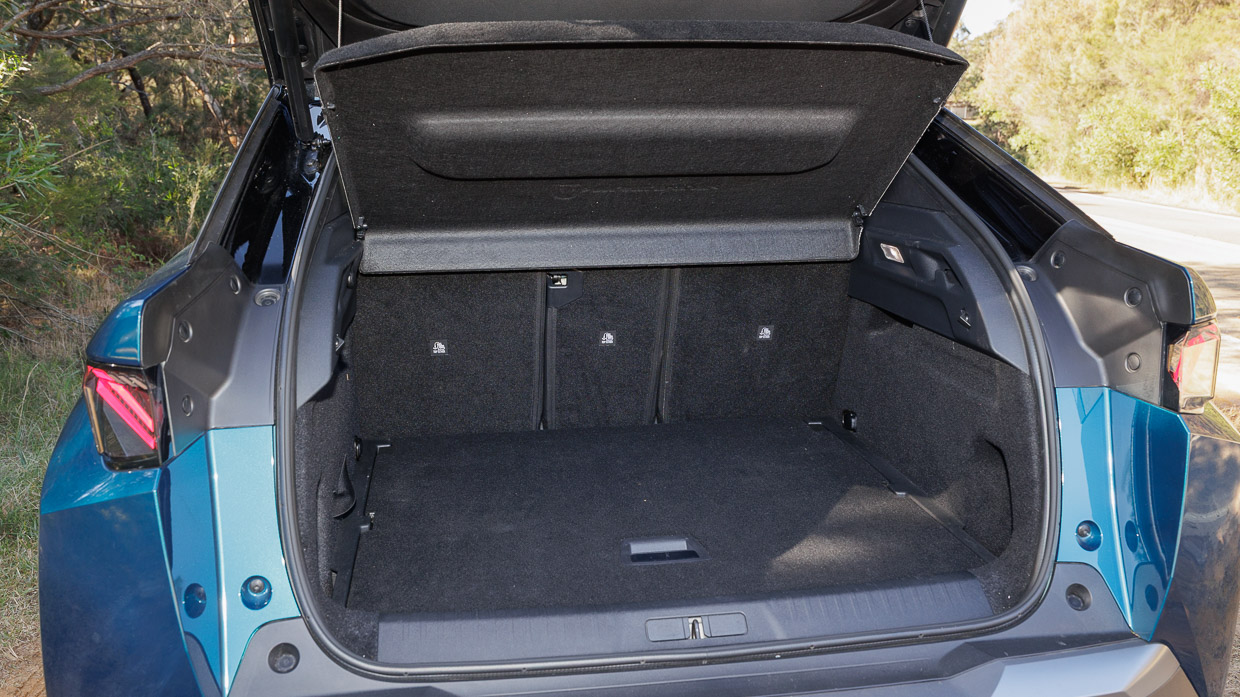
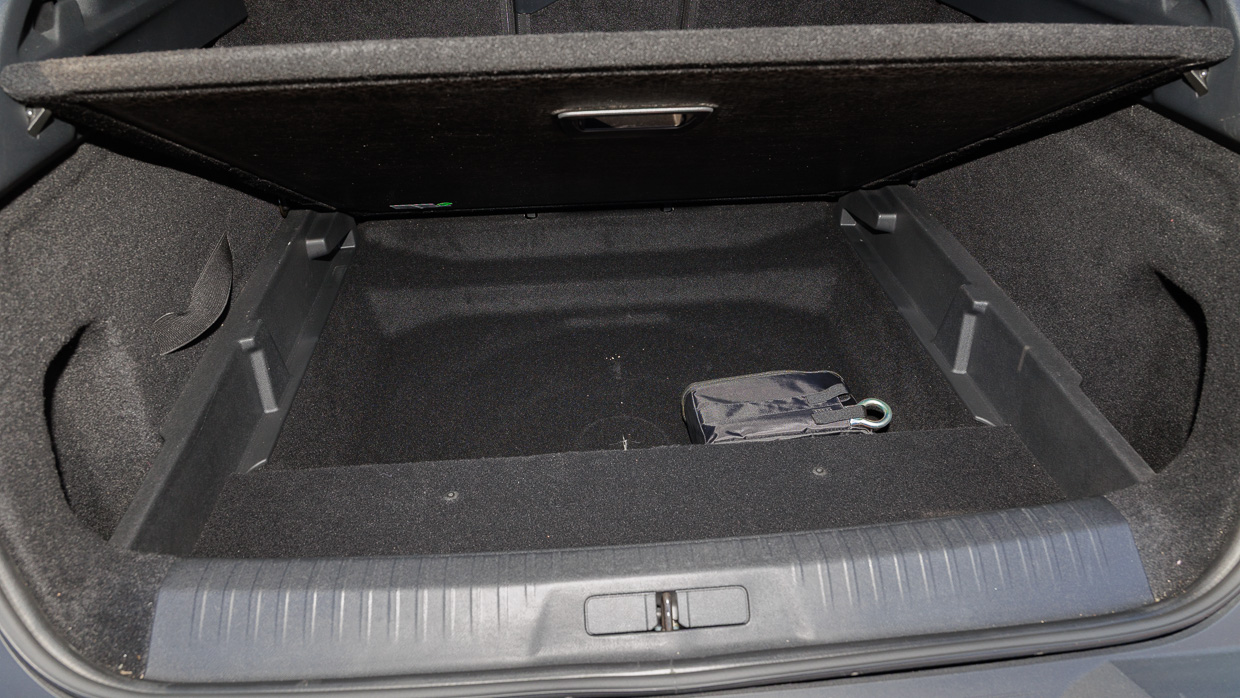
The seatbacks are set up in a helpful 40-20-40 configuration, though don’t fully flatten (and missing the convenience of release levers.
Stowage support is limited to moulded bag hooks and a side strap. Another 12V socket is offered in the boot.
There’s no spare wheel, with owners forced to attempt a patch job with a repair kit … or make a phone call to roadside assistance.
Maybe it’s the psychological effect of the tiny steering wheel, but the 3008 feels more like a compact SUV than a midsize SUV (and, as we said earlier, the Peugeot is on the lower end of the size scale for its class).
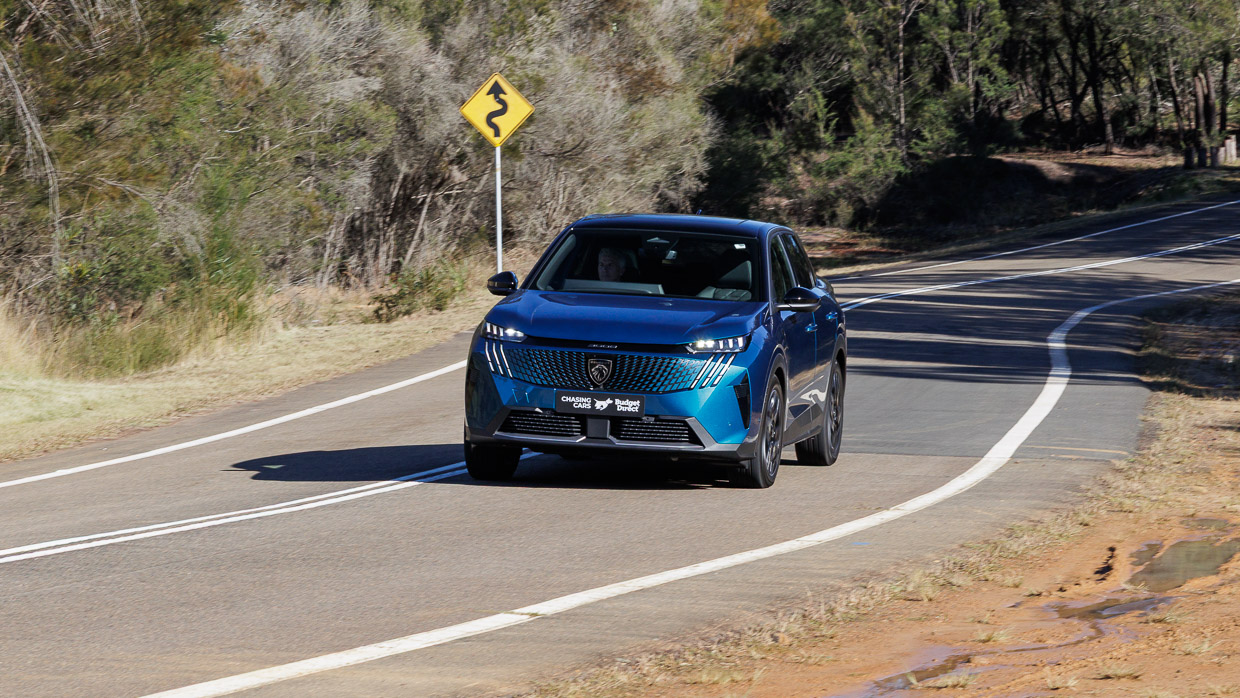
Vision is mostly good, including an excellent view out the rear window that pleasingly contradicts the steeply raked rear styling.
The front seats provide Goldilocks comfort with cushioning that’s neither too soft nor too firm. Underthigh support is further aided by cushion extenders.
Depending on the size of your frame, though, you’ll find the driver cockpit cosy or cramped. The driver’s right hand can get a bit jammed between the side of the seat and door when using the seat-adjust switches.
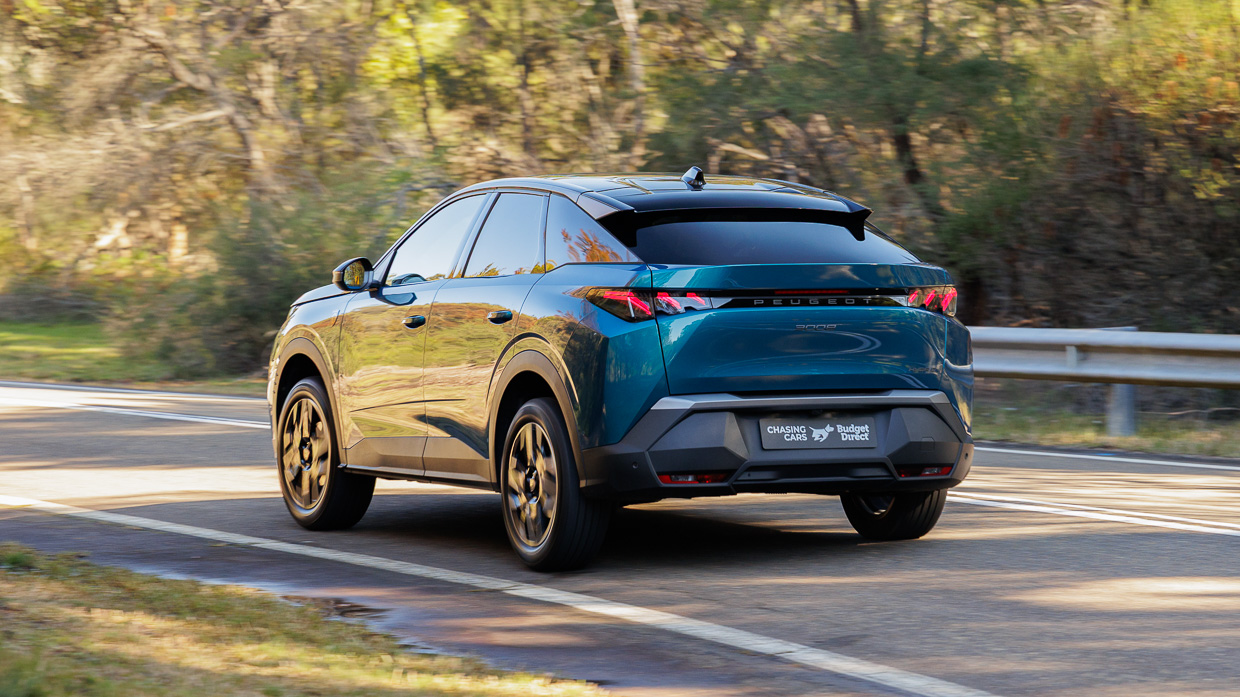
The 3008’s suspension is firm and never really softens even on the freeway at higher speeds. It’s at its best around town, where the damping does an excellent job of soaking up big bumps and potholes.
The steering is a bit vague and uneven, making the 3008 less satisfying to manoeuvre than the likes of the Cupra Formentor, Mazda CX-5 and Volkswagen Tiguan.
There’s a good turning circle, though, while there’s also a hugely refreshing absence of annoyingly intrusive driver assistance systems.
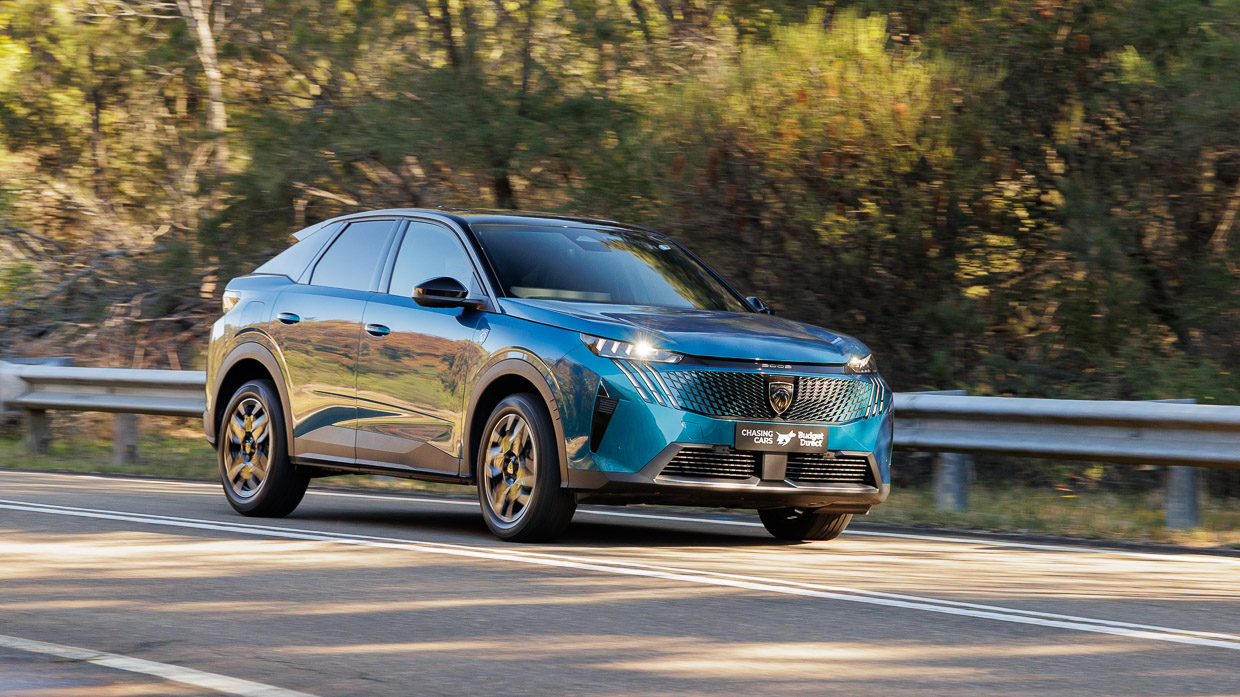
If you want the additional traction assistance of all-wheel drive, however, the 3008 is offered as a front-driver only. And this is particularly noticeable in damp/wet conditions. The Giti tyres fitted to our test car didn’t help, while they also generate a fair amount of road noise.
‘Compact’ is the word for the Peugeot hybrid system’s multiple components.
A teeny 1.2-litre turbo three-cylinder engine is linked to a six-speed dual-clutch transmission that integrates a small, 15.6kW electric motor – which is powered by a tiny, 0.876kWh 48-volt lithium-ion battery.
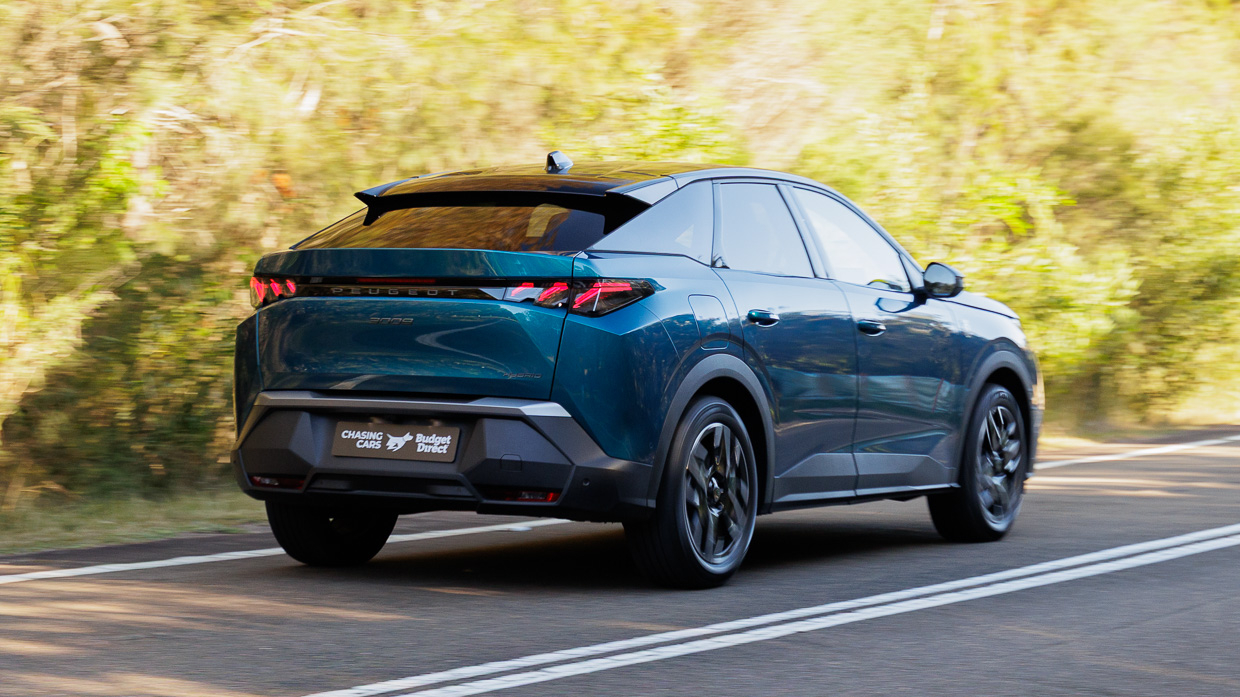
The 3008’s 48-volt mild-hybrid set-up is more electric-biased than most such systems, though we couldn’t match Peugeot’s claim that the French medium SUV can be driven around town on electric power alone for about 50 per cent of the time.
It’s incredibly difficult to drive the 3008 normally at low speeds without prompting the petrol engine into life.
The digital driver cluster features an Eco/Charge/Power display – and an Energy Flow diagram is available – but there’s no EV mode, as in rivals such as the Toyota RAV4, to temporarily force the vehicle into focusing on electric power.
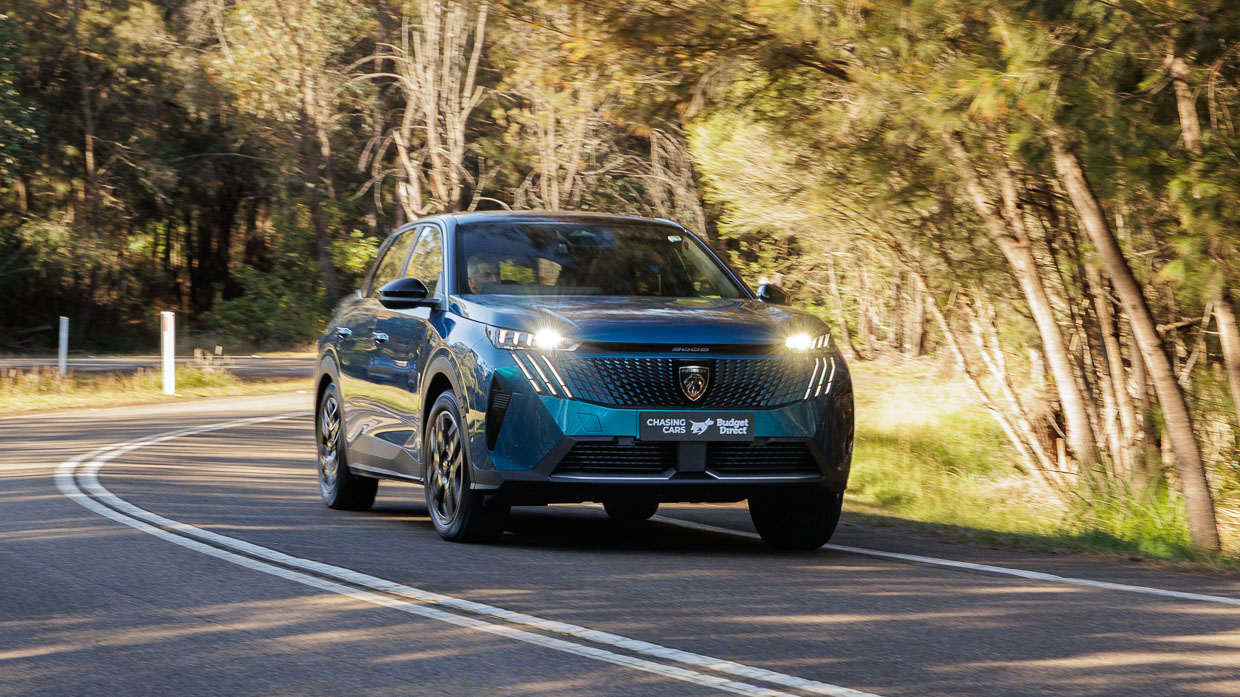
Driveability isn’t perfect, either, as – despite the electric motor – there’s often a delay to acceleration when setting off from either stationary or near stationary. The 3008 feels sprightlier around town on a light throttle once underway, but at higher speeds the powertrain is gutless when you want harder acceleration – such as for overtaking.
It’s not a huge surprise when noting the 3008 has a 0-100km/h quote of 10.2 seconds, and serves up only 107kW to shift a kerb weight of more than 1.5 tonnes. (Peugeot doesn’t provide a combined torque figure, insteading listing separate numbers for the turbo petrol and electric motor – 230Nm and 51Nm, respectively.)
The deceleration effect of the 3008’s regenerative braking system is very noticeable when you lift off throttle, though that slowing isn’t as linear as it feels in most pure electric cars.
Australia’s local crash-testing body, ANCAP, awarded four out of five stars to the 3008.
The Peugeot fell short of the maximum overall rating owing to a 65 per cent score for the individual Safety Assist category relating to driver aids (where it needed a minimum of 70 per cent).
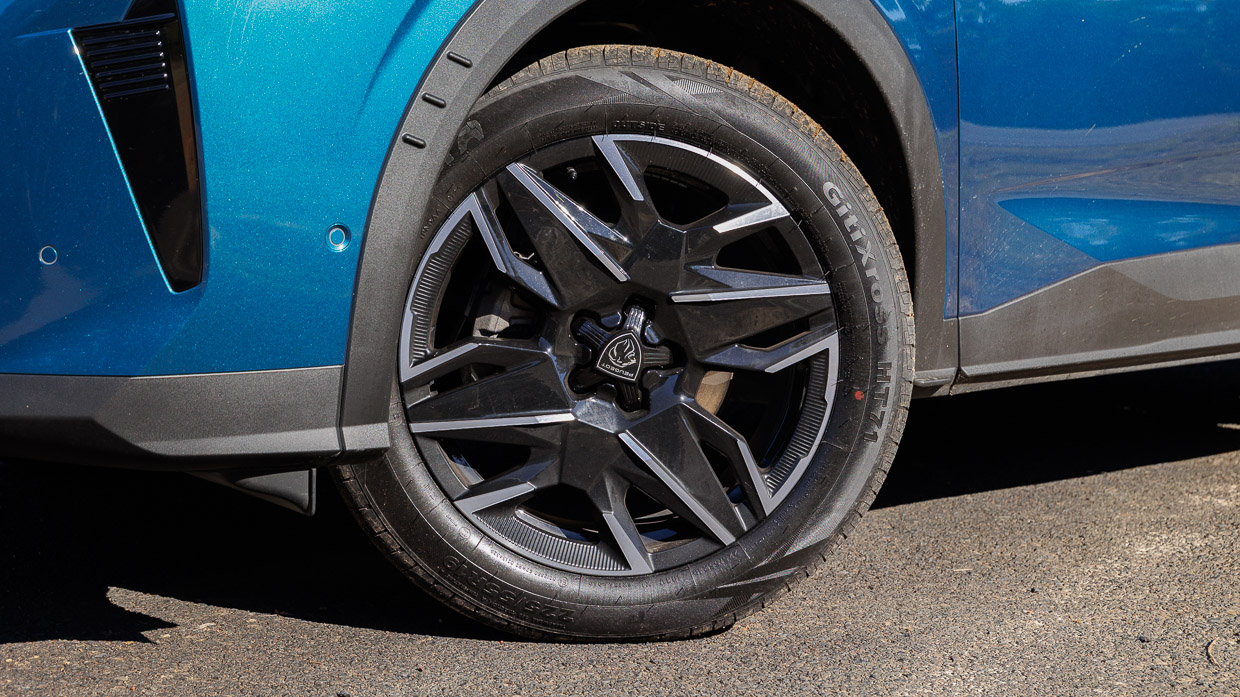
However, it achieved five stars for what most people would consider more crucial areas: adult occupant protection (82%), child occupant protection (87%), and vulnerable road user protection (79%).
The 3008 lost points in Safety Assist for missing rear seatbelt reminders and some driver-monitoring and AEB functionality.
Fuel-savings will not be as good as you might hope, at least based on our one-week experience with the Peugeot 3008 Hybrid.
Official fuel consumption is rated at 4.9 litres per 100km, though we could achieve only an average of 6.2L/100km from our main test drive that contained a wide variety of motoring scenarios, including freeway driving.
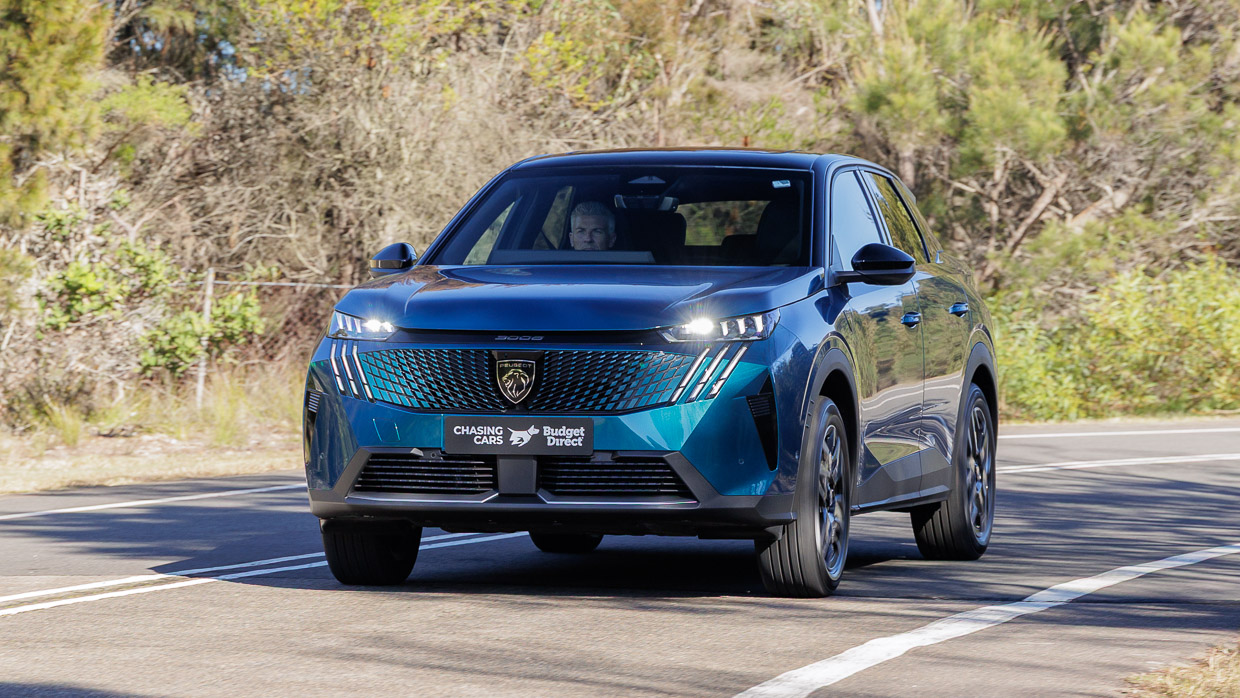
With further urban testing, where the hybrid Peugeot would have been expected to fare better, average consumption climbed to 8.1L/100km.
Chasing Cars has regularly achieved sub-5.0L average consumption in the rival RAV4 Hybrid.
Owners also need to pay for pricier premium unleaded, with 95RON the recommended fuel.
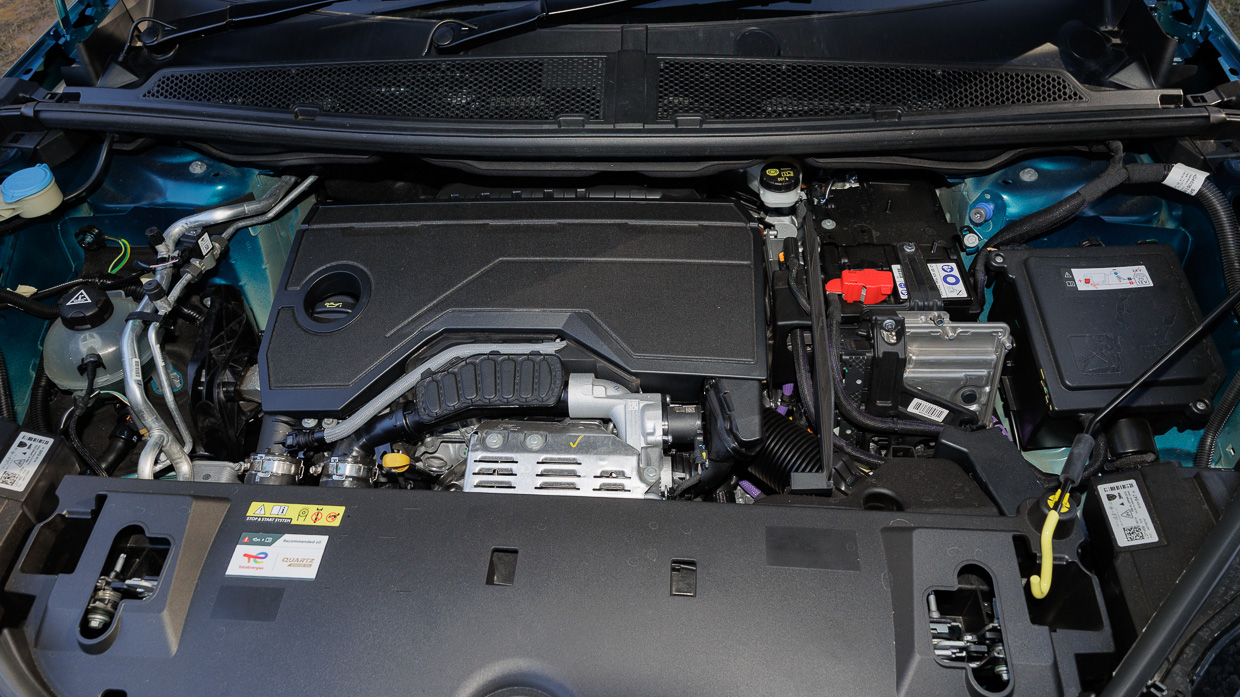
Annual maintenance costs a total of $2779 over five years, with 25,000km/12-month intervals – or owners can save money by opting for pre-paid servicing.
There are three-, four- and five-year options, with the latter costing $1890 – a decent saving.
Peugeot’s factory warranty is five years, unlimited kilometres – the industry average.
The third-generation 3008 is another Peugeot that looks stylish on the outside and upmarket on the inside, though two big issues make it very much a heart over head choice.
The mild-hybrid powertrain isn’t convincing with either its efficiency or performance, and the 3008’s high pricing makes its value questionable.
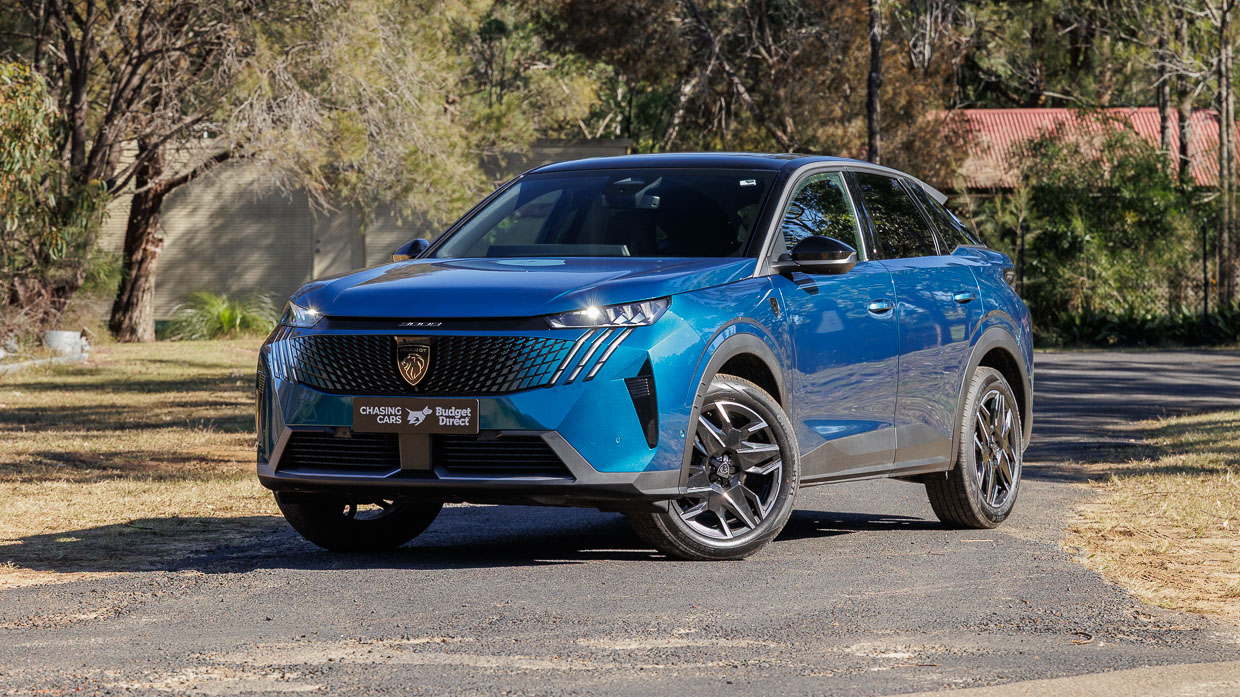
If you’re after a more flamboyant, European alternative to highly popular Japanese and Korean midsize SUVs, look to Spain rather than France.
The Cupra Formentor is handsome, spacious and great to drive. And for similar money to a 3008 GT Premium, you can have the VZe plug-in hybrid version.
Key specs (as tested)
About Chasing cars
Chasing Cars reviews are 100% independent.
Because we are powered by Budget Direct Insurance, we don’t receive advertising or sales revenue from car manufacturers.
We’re truly independent – giving you Australia’s best car reviews.
The estimate provided does not take into account your personal circumstances but is intended to give a general indication of the cost of insurance, in order to obtain a complete quote, please visit www.budgetdirect.com.au. Estimate includes 15%^ online discount.
^Conditions Apply
Budget Direct Insurance arranged by Auto & General Services Pty Ltd ACN 003 617 909(AGS) AFSL 241 411, for and on behalf of the insurer, Auto & General Insurance Company Limited(ABN 42 111 586 353, AFSL 285 571).Because we don’t know your financial needs, we can’t advise you if this insurance will suit you. You should consider your needs and the Product Disclosure Statement before making a decision to buy insurance. Terms and conditions apply.
Indicative quote based on assumptions including postcode , 40 year old male with no offences, licence suspensions or claims in the last 5 years, a NCD Rating 1 and no younger drivers listed. White car, driven up to 10,000kms a year, unfinanced, with no modifications, factory options and/or non-standard accessories, private use only and garaged at night.
^Online Discounts Terms & Conditions
1. Discounts apply to the premium paid for a new Budget Direct Gold Comprehensive Car Insurance, Third Party Property Only or Third Party Property, Fire & Theft Insurance policy initiated online on or after 29 March 2017. Discounts do not apply to optional Roadside Assistance.
2. Discounts do not apply to any renewal offer of insurance.
3. Discounts only apply to the insurance portion of the premium. Discounts are applied before government charges, taxes, levies and fees, including instalment processing fees (as applicable). The full extent of discounts may therefore be impacted.
4. We reserve the right to change the offer without notice.